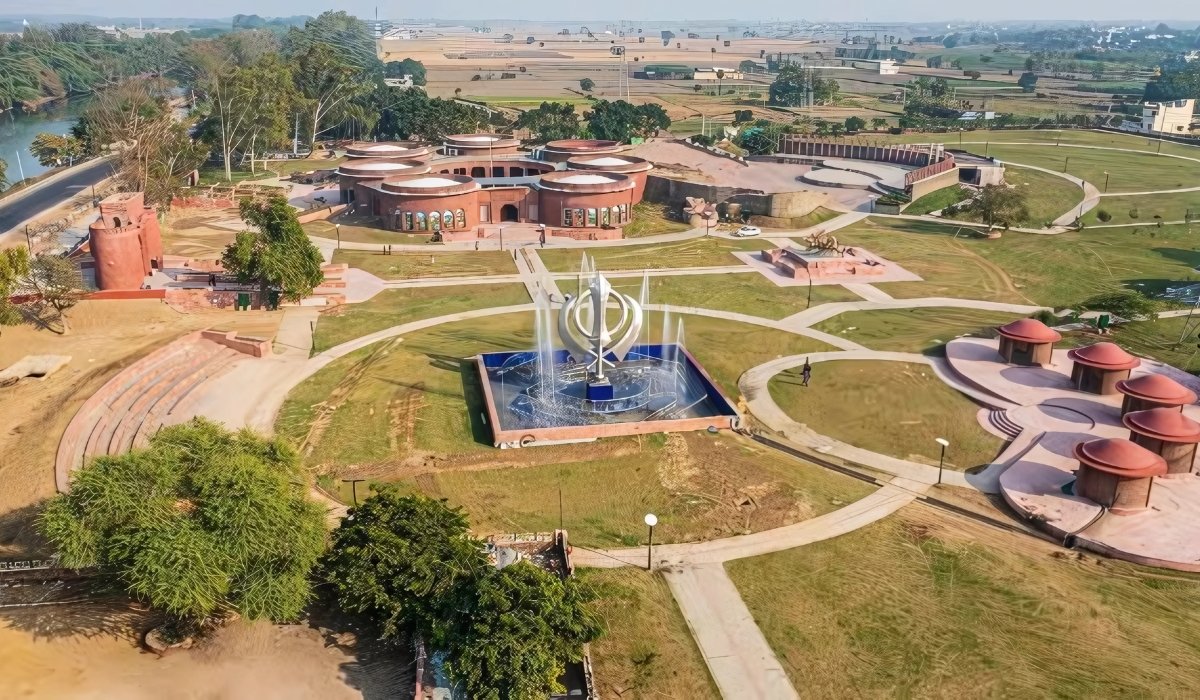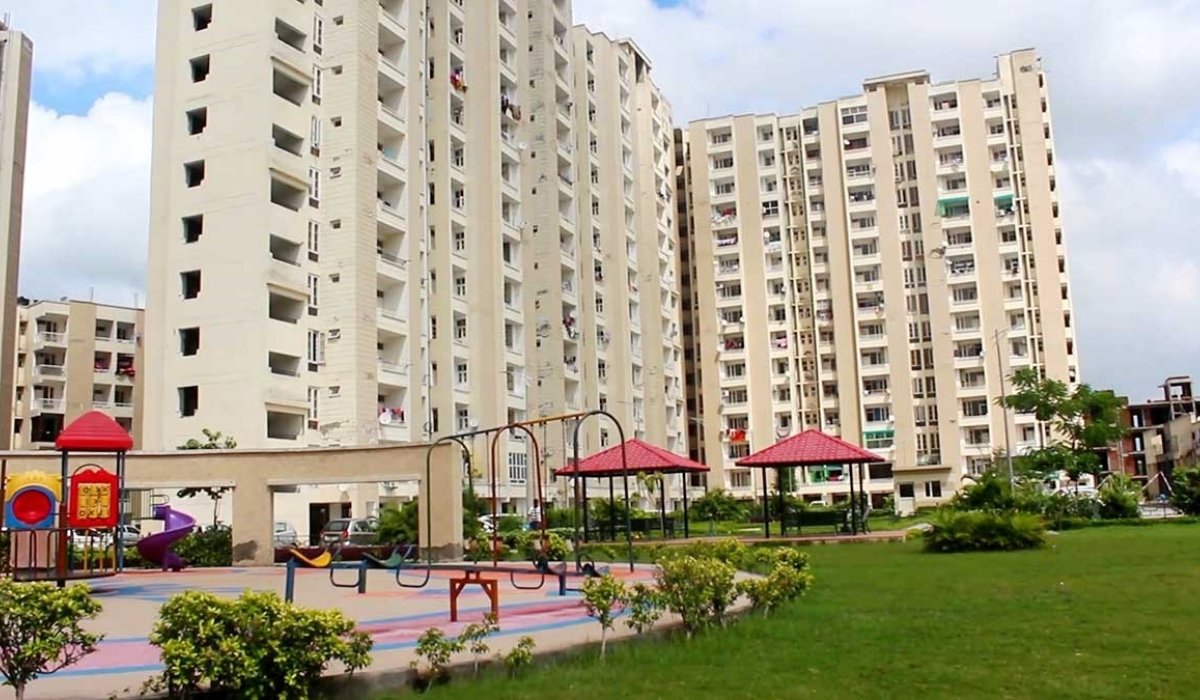The Chandigarh higher education model is rewriting India’s regional education narrative by translating NEP 2020 into action with a focus on inclusion, multidisciplinary learning, and technology-driven classrooms. This Union Territory’s education blueprint demonstrates how policy translates into practice, delivering gains in access and quality toward 2035.
NEP 2020 in Action: Chandigarh’s Blueprint
Under NEP 2020, Chandigarh has built a comprehensive framework that blends policy with delivery at scale. The city hosts nine government and seven government-aided colleges serving more than 46,600 students, with national recognition for institutions like Government Home Science College (Rank 35) and GGDSD College (Rank 70) in the NIRF 2025 rankings, while MCM DAV and DAV College, Sector 10, remain among India’s top 200 institutions.
Chandigarh’s higher education ecosystem also hosts 21 Panjab University-approved PhD centres, enabling cross-disciplinary research across life sciences, commerce, management, and performing arts. The colleges participate in UN Sustainable Development Goals SDGs projects covering gender equality, renewable energy, water conservation, and inclusion of Divyang students.
- Four-Year Undergraduate Programme (FYUP) implemented across affiliated colleges for a flexible and broad-based learning experience.
- Multiple entry-exit options to accommodate diverse student trajectories.
- Academic Bank of Credits (ABC) to enable cross-institution credit transfer.
- APAAR IDs to streamline academic records and portability.
- Credit-linked internships and SWAYAM/MOOCs integration for skill-building and flexibility.
- Undergraduate curricula aligned with National Credit Framework (NCrF) to ensure cross-disciplinary learning and mobility.
The NEP 2020 implementation across affiliated colleges in Chandigarh is notable for its completeness, emphasizing equal opportunity, access, and academic freedom in practical terms. The systematic approach to reform demonstrates how a city can translate national policy into tangible benefits for students, faculty, and researchers.
Excellence in Access, Equity, and Research
The Chandigarh higher education model is driven by strong access and equity metrics. The Gross Enrolment Ratio (GER) stands at 64.8%, more than double the national average of 28.4%. The Gender Parity Index (GPI) of 1.33 confirms a higher proportion of women enrolling in higher education compared with men. These numbers reflect deliberate policy choices to lower barriers to entry and build a more inclusive learning culture.
With nine government and seven government-aided colleges, Chandigarh serves over 46,600 students. National rankings recognize several colleges: Government Home Science College (Rank 35) and GGDSD College (Rank 70) in the NIRF 2025, while MCM DAV and DAV College, Sector 10, remain within India’s top 200 institutions. Beyond rankings, the ecosystem emphasizes SDG-aligned research in life sciences, commerce, management, and the arts.
PhD and Research Excellence
Research capacity has been scaled through 21 Panjab University-approved PhD centres, fostering cross-disciplinary collaboration across departments. This emphasis on research is complemented by targeted funding, infrastructure for advanced laboratories, and a governance framework that encourages student and faculty researchers to pursue impactful projects aligned with UN SDGs.
Digital Transformation and Student Experience
Digital transformation is at the core of the Chandigarh higher education model. Paperless admissions, e-fee deposits, and a mobile-based e-Campus app illustrate how Digital India ideals can be realized at scale in a compact UT. This approach reduces friction and makes services more accessible to all students, especially in remote or first-time higher education entrants.
Integrated digital platforms support course selection, credit tracking, and transfer processes across colleges, ensuring a seamless student experience while maintaining robust governance and transparency. The digital backbone also enhances alumni tracking, performance analytics, and evidence-based policy adjustments.
Infrastructure, Investment, and the Learning Environment
Infrastructure expansion is a visible pillar of Chandigarh’s reform journey. A total of Rs 80 crore has been sanctioned under RUSA and PM-USHA for hostels, laboratories, auditoriums, and research facilities. Recently completed projects include hostels at PGGCG-42 and GCCBA-50, a research block at PGGC-11, and four multipurpose auditoriums. A Rs 16.7-crore hostel complex is under construction at PGGC-46, underscoring a rapid, continuous upgrade of the learning environment.
The education budget for 2025-26 totals Rs 307.98 crore, with 43% utilisation already achieved. Salaries and grants-in-aid form the bulk of expenditure, reflecting the Administration’s commitment to strengthening the teaching base and ensuring sustainable, quality education delivery. These investments are further reinforced by a planned Education City at Sarangpur, designed as a hub for innovation, research, and global collaboration on a 32.86-acre campus.
Strategic Roadmap: Autonomous Status and Education City
Looking ahead, Chandigarh is advancing a clear, action-oriented roadmap. The plan envisions granting autonomous status to leading colleges under UGC’s 2023 regulations, enabling them to make independent choices about curricula, faculty hiring, and governance. The Education City at Sarangpur is designed to host research facilities, incubators, and partnerships with industry, the academy, and the global community.
Key priorities include strengthened academia-industry MoUs and research collaborations, the full adoption of UGC 2018 norms for parity and transparency, and continued focus on SDG-aligned reforms that emphasize quality, gender equity, and sustainability. The overarching goal is to cultivate a holistic learning ecosystem rather than a mere collection of colleges, where students move seamlessly between institutions and programs as their interests evolve.
Challenges and Solutions
Despite the progress, Chandigarh faces important challenges that require proactive planning and governance. There are 266 vacant faculty posts, with the national deputation process underway for 73. Contractual faculty regularisation and pay parity remain areas of litigation, while the implementation of UGC 2018 Regulations awaits Finance and Personnel clearance. These issues can affect research continuity and program efficiency if not addressed promptly.
A high-level committee under the Finance Secretary has been established to address systemic and service-related bottlenecks. By streamlining recruitment processes, expediting infrastructure approvals, and ensuring timely pay adjustments, the Chandigarh higher education model can sustain its reform momentum and avoid backsliding on quality or access.
Frequently Asked Questions
What makes the Chandigarh higher education model stand out?
It is a compact, policy-first ecosystem that translates NEP 2020 into practical outcomes—high GER and gender parity, full NEP 2020 implementation across affiliated colleges, digital campuses, and a clear roadmap for autonomous institutions and Education City.
How is NEP 2020 being applied in Chandigarh?
Chandigarh has implemented the Four-Year Undergraduate Programme, multiple entry-exit options, Academic Bank of Credits, APAAR IDs, credit-linked internships, and integration with SWAYAM/MOOCs. The curriculum aligns with the National Credit Framework to enable cross-disciplinary mobility.
What are the major achievements and current priorities?
Achievements include high GER, favorable GPI, top-tier NIRF rankings for several colleges, and multi-disciplinary PhD hubs. Current priorities focus on autonomous status for select colleges, Education City development, stronger industry linkages, and SDG-driven reforms.
What challenges does Chandigarh face?
The key challenges are vacant faculty posts, ongoing regularisation and pay issues for contractual staff, and procedural delays in infrastructure utilisation. A dedicated Finance Ministry committee is working to address these barriers.
Conclusion
Chandigarh’s higher education model demonstrates that a compact city can become a national exemplar by combining policy clarity, robust funding, digital delivery, and a bold vision for research and collaboration. As autonomous status is granted to select colleges and Education City takes shape, Chandigarh stands as a laboratory of ideas, creativity, and research that can guide the nation’s higher education strategy for decades to come. The ongoing focus on SDGs, gender equity, and cross-institution mobility affirms that the Chandigarh higher education model is not just a regional success but a scalable blueprint for India’s higher education future.















